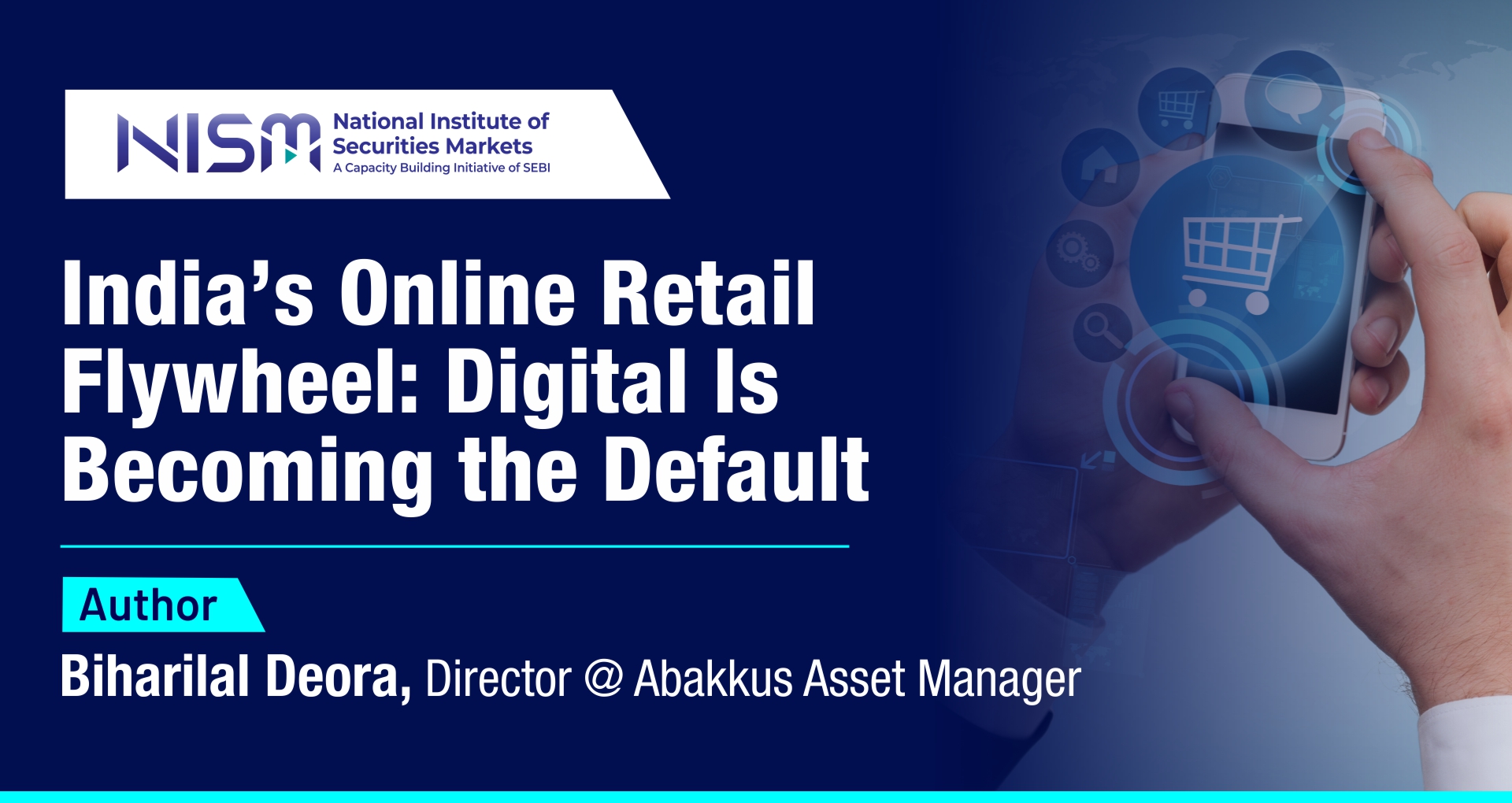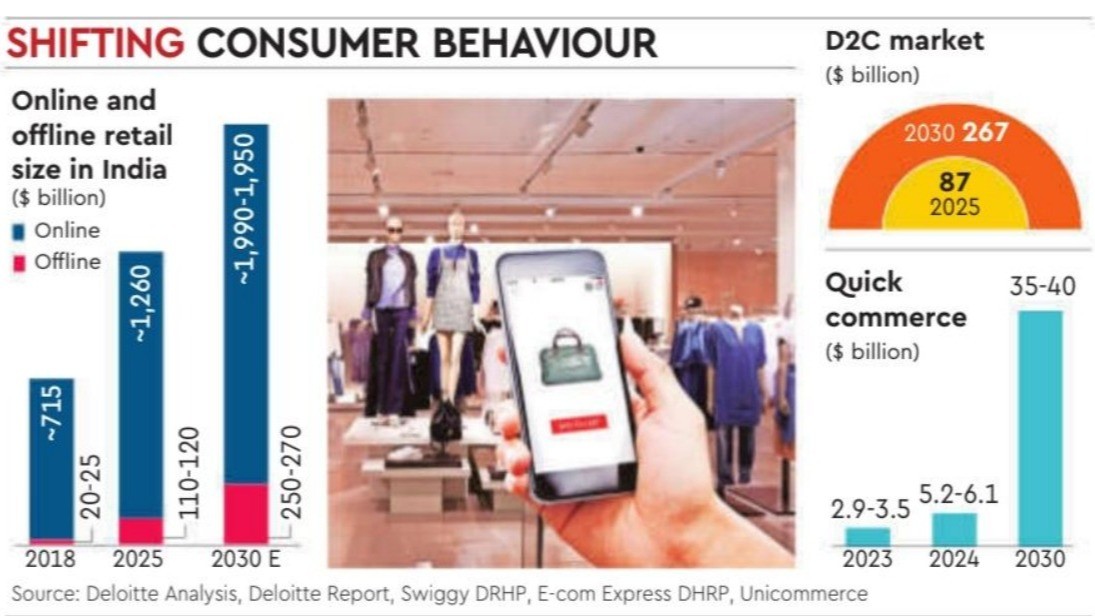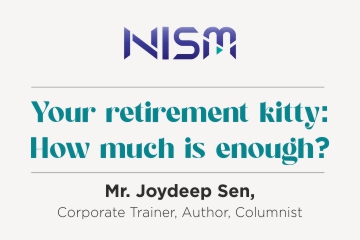
India’s consumption story is entering a structural, data-driven phase. What was once a convenience for a small urban cohort has become a nationwide habit: discovery, decision, and delivery are now increasingly digital. The complex numbers show why this shift is durable and why it strengthens India’s domestic demand rather than merely cannibalising offline retail.

What the latest India chart tells us
A recent multi-source report on “Rising preference of online retail in India” ( Deloitte Analysis, Swiggy DRHP, E-Com Express DRHP, Unicommerce) captures the arc clearly:
- Total retail market (online + offline): from ~US$715 bn in 2018 to ~US$1.37–1.38 tn in 2025, and further to ~US$2.2–2.26 tn by 2030E.
- Online retail: ~US$110–120 bn in 2025, rising to ~US$250–270 bn by 2030E – almost a 2.2× scale-up in five years.
- Online penetration implied by these ranges: ~8–9% in 2025, improving to ~11–12% by 2030E (headline categories will be far higher).
- D2C market: US$87 bn (2025) to US$267 bn (2030E) – a ~3× jump as brands bypass traditional channels.
- Quick commerce: US$2.9–3.5 bn (2023) → US$5.2–6.1 bn (2024) → US$35–40 bn (2030E) – proof that “instant convenience” has become a mainstream behaviour, not a niche experiment.
In short, India is tracking towards a US$2.2T+ total retail economy by 2030 with a rapidly expanding online core, and two powerful adjacencies i.e. D2C and quick commerce which are compounding the shift.
The demand side: young, connected, confident and transacting more often
- Smartphone reach: India has ~650–700 million smartphone users today and continues to add tens of millions annually.
- Data consumption: Indians are among the highest per-capita mobile data users globally, with monthly usage per subscriber measured in dozens of GB, fuel for video discovery, live commerce and social shopping.
- Income tailwind: Rising per-capita income and greater formalisation of employment are lifting discretionary categories i.e. electronics, beauty, travel, fashion and home improvement.
- Trust infrastructure: Ratings, no-questions-asked returns and platform guarantees have lowered perceived risk, taking first-time buyers from “browse-only” to “buy now.”
Result: frequency and basket size are both trending up. The consumer is digital-first in behaviour, even before becoming high-income in wallet size.
The supply side: India’s world-class digital rails
India’s decisive advantage is infrastructural:
- Real-time payments at near-zero cost: UPI has normalised instant, interoperable payments for everything from ₹50 kirana purchases to high-value electronics. In calendar 2023, UPI processed well over 100 billion transactions, with monthly run-rates now in the double-digit billions. This materially lifts online conversion and reduces cash-on-delivery friction.
- Paperless onboarding: Aadhaar-enabled eKYC, account opening, and digital signatures have collapsed merchant set-up time from weeks to hours.
- Data-sharing with consent: The Account Aggregator framework enables responsible credit underwriting, expanding BNPL/checkout credit for thin-file customers.
When payment and identity rails are public-good infrastructure, trust is cheap and scale comes earlier.
Logistics and fulfilment: speed with discipline
- Coverage: E-commerce logistics networks today service 20,000+ PIN codes, covering the bulk of India’s consumption centres.
- Unit economics: Higher stop density, micro-fulfilment, automated sortation, and dynamic routing are reducing per-order cost even as speed improves.
- Return discipline: Better size guides, pre-shipment checks and exchange-first flows are curbing costly reverse logistics in fashion and electronics.
- Service standards: Same-day delivery is now standard in metro clusters; 10–30 minute fulfilment for top essentials is rapidly spreading beyond the top 8 cities.
As density rises, each incremental order is cheaper to serve, creating a virtuous loop for platforms and sellers.
MSME digitisation and the rise of platform businesses
Setting up a digital storefront has never been easier:
- SaaS tools provide catalogues, GST invoicing, reconciliation and analytics out of the box.
- Logistics APIs allow merchants to ship nationwide from day one.
- Marketplaces, influencers and live commerce offer demand pipes without upfront capex.
- Open networks such as Open Network For Digital Commerce (ONDC) broaden reach and reduce gatekeeper dependency.
This democratisation of distribution expands the long tail of entrepreneurship and formalises spending that was previously invisible.
How India compares with China, the US and others
- Online penetration of retail: China remains the world leader with ~25–30% of retail sales online (depending on category and time period). The UK is typically ~24–26%, and the US sits around ~15–17% on a blended basis. India’s implied ~8–12% trajectory (2025→2030E) shows headroom rather than saturation and the opportunity is in catch-up growth.
- Digital payments: China’s super-apps ( Alipay / WeChat Pay ) dominate, but India’s public, interoperable model of UPI (NPCI BHIM ) is unique. On both transaction count and merchant acceptance density, India now operates at global-scale daily volumes with near-zero MDR, a strong catalyst for digital commerce in low-ticket, high-frequency use cases.
- Logistics cost curves: China’s coastal clusters and US interstate freight deliver scale benefits; India is closing the gap through dedicated freight corridors, highway upgrades and tech-led last-mile orchestration. Crucially, India’s labour-and-tech blended model supports ultra-fast fulfilment at costs viable for mass-market baskets.
The implication is that India is structurally earlier on the S-curve, but with world-class rails already in place. That combination of low penetration + high infrastructure readiness is what creates the multi-year compounding runway.
What this means for categories and cohorts
- Grocery & essentials: Quick commerce’s climb from US$3–6 bn (2023–24) to US$35–40 bn by 2030E indicates that “planned convenience” (weekly top-ups, fresh and pharmacy) is now habitual.
- Electronics & appliances: The online share is already high; same-day delivery plus checkout credit expands ticket sizes.
- Fashion & beauty: D2C’s projected rise to US$267 bn by 2030E will be led by brands that win on fit, community and repeatability; return-rate discipline remains the key margin driver.
- Travel & services: Search and booking are nearly entirely online; cross-sell of insurance and credit creates superior unit economics.
- B2B and Kirana enablement: Digitised procurement and working-capital credit increase throughput of neighbourhood stores; many will double as local pickup and return nodes will lead to omnichannel by design.
Why is this net-positive for India’s domestic demand
The shift online is not a zero-sum duel with physical retail. It formalises spending, widens access for smaller sellers, and deepens financial inclusion by pulling households into digital payments, credit and savings. By 2030, with ~US$250–270 bn of online GMV and a US$2.2T+ total retail economy, India’s digital commerce will:
- Lift tax-compliant turnover and credit access for MSMEs.
- Create new profit pools in logistics, SaaS, fintech and creator ecosystems.
- Improve consumer surplus via better prices, faster fulfilment and wider assortment.
- Generate productivity gains that recycle into higher wages and consumption.
Bottom line: India combines the world’s most used data pipes, a public-good payments backbone, cost-effective logistics, near-universal smartphones, and rising incomes. That is why digital is becoming the default and why the ballooning volume of digital transactions will continue to power India’s domestic consumption story for years to come.
Author:
Biharilal Deora, Director @ Abakkus Asset Manager




